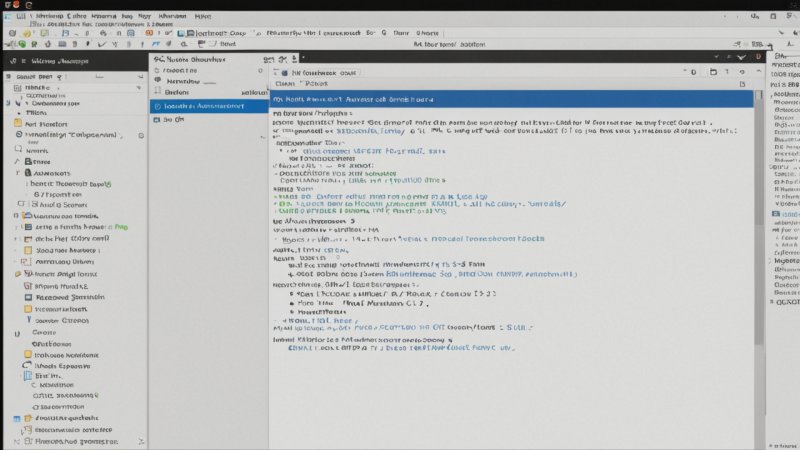Archiving an open source project is a critical decision that can arise for various reasons, including project completion, lack of activity, or transitioning to other endeavors. Properly archiving ensures that the work remains accessible for future reference and can be beneficial to other developers or users. In this article, we will explore the essential steps involved in archiving an open source project, ensuring that the process is smooth and effective.
Evaluate the Project's Status
Before deciding to archive your project, it is crucial to assess its current status. This evaluation can involve:
- Reviewing the last activity on the project, including commits, issues, and pull requests.
- Determining if the project has achieved its goals or if it has reached a natural conclusion.
- Understanding the ongoing interest from the community and whether there are active contributors.
Notify Your Community
Once you've decided to archive the project, the next step is to communicate this decision to your community. Effective communication can include:
- Publishing an announcement on the project’s main page or README file.
- Using project forums, mailing lists, or social media to inform users and contributors.
- Encouraging feedback and questions from the community regarding the archiving process.
Prepare the Codebase
Preparing your codebase for archiving involves organizing and cleaning up the project files. This can include:
- Updating the documentation to reflect the current state and usage of the project.
- Removing any sensitive information, such as API keys or personal data.
- Ensuring that the code is well-commented, so future users understand its structure and functionality.
Choose the Right Archiving Method
There are various methods to archive your open source project, and the choice depends on your goals and the project's nature. Consider the following:
- Using a version control system like Git to tag the last stable release.
- Creating a release archive on platforms like GitHub or GitLab, which allows users to download the final version easily.
- Publishing the project in an open repository, ensuring it remains accessible for future reference.
Document the Archiving Process
Documenting the archiving process is essential for transparency and future reference. This documentation can include:
- Adding a clear note in the README file indicating that the project is archived, along with reasons for the decision.
- Maintaining a changelog that outlines the project's history and significant changes over time.
- Providing links to any forks or alternatives if the project is no longer maintained.
In conclusion, archiving an open source project is a significant step that requires careful consideration and execution. By evaluating the project’s status, notifying the community, preparing the codebase, choosing the right archiving method, and documenting the process, you can ensure that your project remains a valuable resource for developers and users in the future.






